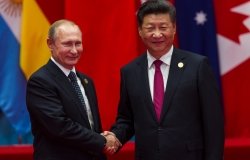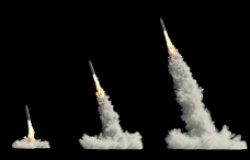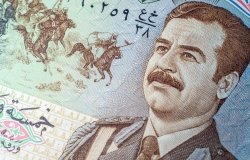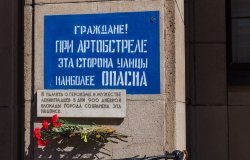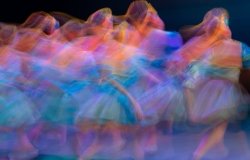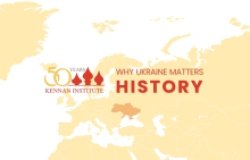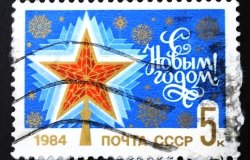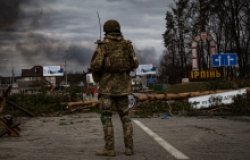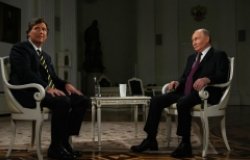Framing Violence: Photography, Serbia and World War I
Melissa Bokovoy, Wilson Center Fellow and Associate Professor of History, University of New Mexico
Overview
With the ability to capture images onto film came the belief that these exact depictions of objects, light and space could become an accurate and indisputable historical record. This naive faith that the photographic image depicts the truth has been manipulated by those who want to influence how history is remembered. Indeed, various methods of artifice can be employed to reframe, recast and reorder historical events. Melissa Bokovoy offered her interpretations of how photographic images of World War I in the Balkans have been manipulated to create a particular version of Serbian history.
The idea to research this topic came from the vast array of novels, films, exhibits, memorials and websites, which portray Serbs in WWI. Why, Bokovoy wondered, was this period so significant for Serbs? Taken together, these photographs, which depict Serbs as masculine, heroic and self-sacrificing, create an ideal of Serbia's glorious past, united with its allies, France, Russia and Britain, to defend liberty. The re-emergence of these images today allows Serbs to latch on to a history that is worthy of commemoration, one that allows them to re-imagine their national community.
Serbia was unique among its neighbors in realizing the importance of capturing a photographic record of the war. The government asked prominent photographers such as Rista Marjanovic and Samson Chernov to capture the Serbian contribution to the war. Marjanovic was determined to record the "horrible suffering" of the Serbian people through out the war and did so by photographing grieving women, abandoned children as well as Serb soldiers. His contribution to history extended to Western Europe as well, since Marjanovic's photography exhibit had traveled as far as Paris.
Marjanovic's exhibit was hardly a presentation of objective reality. Bokovoy's slides revealed how photographs were reframed to focus attention on certain parts of a photograph while deleting others. She also pointed to one photograph, used by Marjanovic to depict the plight of the Serbian soldiers in the harsh winter defending their land, when in fact the photograph was taken during the armistice, when Serbian soldiers did not need to defend their country, but instead were traveling north to expand Serbian controlled territories.
Bokovoy's evidence shows that the photographs offer an incomplete, if not skewed, historical account. Manipulation is clear, not only in the way photographs are captioned, but also how they are ordered in an exhibit, how photos are reframed. The exclusion of Slovenes, Croats and other nations from the photographic record of the fight against Austrian dominance must also be considered.
Hosted By

Global Europe Program
The Global Europe Program is focused on Europe’s capabilities, and how it engages on critical global issues. We investigate European approaches to critical global issues. We examine Europe’s relations with Russia and Eurasia, China and the Indo-Pacific, the Middle East and Africa. Our initiatives include “Ukraine in Europe” – an examination of what it will take to make Ukraine’s European future a reality. But we also examine the role of NATO, the European Union and the OSCE, Europe’s energy security, transatlantic trade disputes, and challenges to democracy. The Global Europe Program’s staff, scholars-in-residence, and Global Fellows participate in seminars, policy study groups, and international conferences to provide analytical recommendations to policy makers and the media. Read more
Thank you for your interest in this event. Please send any feedback or questions to our Events staff.
